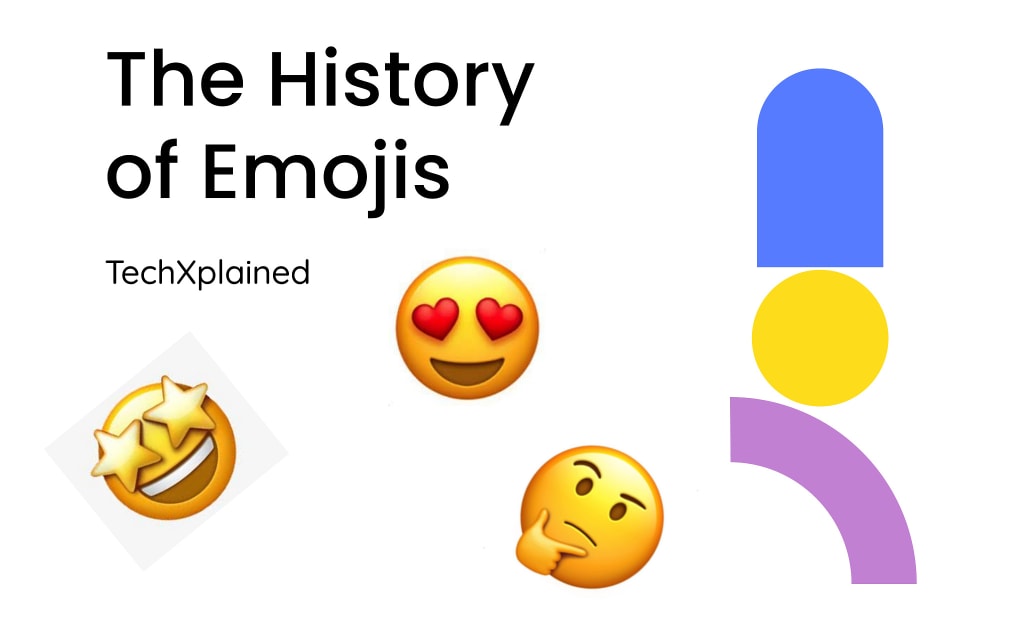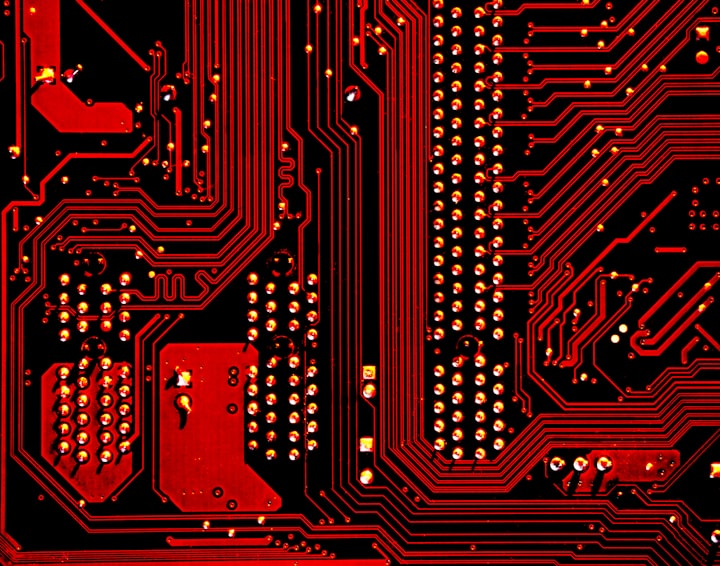The Complete History of Emojis.🤯🧐
Emojis are one of the integral parts in online communication. We use them a lot of times. This post covers the history of emojis.

How many times has it happened that you sent a message, or commented on a post without the use of an emoji? Very few right? Emojis have become an integral part of online communication. Emojis help express feelings more clearly than words. Over 10 billion emojis are sent daily. So, what is the history behind these emojis 🤔🤔? Let's see.🤩🤩
1. First appearances:
According to online sources📰, the first emoji appeared in the March issue of the US Puck magazine in 1881. Although those were 'emoticons' :D and not emojis 😃, those lead to the foundation of emojis. The emoticons were introduced as 'typographical art': joy, melancholy, indifference, and astonishment. These emoticons were designed using basic symbols that are used in typing. This is how they looked:
Now, if you look carefully, every emoticon is generated from symbols like dashes, dots, and brackets. These are used even today in websites or apps where the use of emojis is not allowed.
2. First use of emojis:
The concept of emojis was first put forth by computer scientist Scott Fahlman.
According to The Guardian, the inspiration for emojis came from a pocket-sized bell pager that contained a heart-shaped digital image that could be sent as alphabetical text messages. In 1999, NTT Docomo, a Japanese mobile phone company, published a series of 176 emojis for mobile phones and pagers. 👉🏻[Sources: 2, 4]
In 1999, the first emoji was launched, designed by Japanese designer Shigetaka Kurita for telecommunications company NTT Docomo. Kurita created the first 180 emoji collection for Japanese mobile and web platforms, and the concept quickly spread. Other companies ignited similar creative desires and started to design their own emojis with their own specific creative flair.👉🏻 [Sources: 8, 9, 12]
In 2007 the Unicode Consortium, a nonprofit in Silicon Valley that standardizes software programming platforms, began using standardized emojis so that they could appear on more of the same Internet types, phones, mobile networks, computers, and websites that they could easily access. As global communication became more accessible and the shared desire to use Emojis as part of such communications grew, the need for a unified and standardized set of Emojis became clear. Tech giants such as Adobe, Apple, Google, Facebook, Huawei, IBM, Microsoft, Oracle and Yahoo should become paid members of the Unicode consortium and their emoji set should become the universal gold standard given their combined market share in global digital communication.👉🏻 [Sources: 8, 10]
Emoji existed back in 1999, but they only became popular worldwide a little more than in 2010, when they were integrated into Unicode, the universal code for text languages. Emojis became a staple in the US when the emoji keyboard was added to Apple's iPhone in 2011.👉🏻 [Sources: 10, 12]
In preparation for the launch of the world's first major mobile internet system, Docomo has added 176 more emojis using manga as inspiration. Other Japanese airlines followed Docomo and developed their own versions of the set of 176 pixelated characters inspired by basic concepts such as weather, food and feeling, and the emoji exploded.👉🏻 [Sources: 9, 10]
In 2010, emojis were standardized in Unicode as a universal unit for character-based electronic communication. The introduction of Unicode emojis created an incentive for providers to improve their support for non-BMP characters. [Sources: 6, 7]
Since 2010, certain emoji character sets have incorporated unicorns, which make it possible to use them uniformly not only in Japan, but also on different operating systems. The standard Android system includes Noto characters for emoji characters, but individual social media apps use their own characters.👉🏻 [Sources: 6, 11]
With the release of iOS 22 in November 2008, Apple introduced its own emoji in Japan as the default for Softbank users. Specifically, Apple has released a series of emojis for the Japanese market. One of the aims of this set was to be compatible with the Softbank emoji set.👉🏻 [Sources: 0, 13]
This year, the Unicode consortium added new emojis to the current list as new versions of the Unicode standard have been released. With the release of Unicode 6.0 in October 2010, all E-Moji were included in the standard and most e-Moji characters were assigned their own e-Moji block. 👉🏻[Sources: 12, 13]
Emoji are real images and symbols which are rendered on your device, while emoticons are facial expressions created by using a shared keyboard. Users can view emoji characters when they send emails, messages and applications, and share them with mobile users and other apps.👉🏻 [Sources: 6, 7]
While emojis are real images and symbols displayed on your device, emoticons are expressions and faces that you have already created on your keyboard with basic characters. While emoji characters vary across platforms and are limited in meaning by Unicode specifications, some companies try to present ideas and objects artistically. Emojis are emoticon- and image-based, which opens up many possibilities when it comes to emoji expressions for real people, everyday objects, and animals.👉🏻 [Sources: 6, 11, 12]
Various incompatible character encoding systems have been developed by various mobile operators in Japan for their own emoji sets. After Apple showed a whole range of emoji representations of jeans, art, marbles, and smiley faces on its mobile and web platforms, it was decided to use Shift JIS, a Japanese character encoding scheme.👉🏻 [Sources: 6, 11]
Designer Shigetaka Kurita used the Japanese graphic novel Zapf Dingbat font illustrations and pictograms to create the first emoji library. These pixelated designs eventually made way for today's extensive emoji database, which is now on display at the Museum of Modern Art.👉🏻 [Sources: 2]
The rise of mobile phones, text messages, and the internet has made emojis popular in text messages, internet forums, and emails. The Face, Tear, and Joy emoji deserve the title because it is the most commonly used emoji. The General Dictionary notes that the word emoji has increased the most over the years.👉🏻 [Sources: 0, 2]
In 1998, Shigetaka Kurita invented the Emoji while working for Docomo, a large Japanese mobile phone company. He worked on a way for customers to communicate with symbols and created the first set of 176 emojis that eventually grew to over 1,000 emojis. The Japanese artist Shigetakas Kurita wanted an easy way to communicate information on mobile platforms, and so he worked until 1999, eventually creating the first emoji: a preference symbol for an object, figure, or face.👉🏻 [Sources: 3, 7, 13]
About the Creator
siddhesh thakare
I am Siddhesh, a technology blogger. I am interested in gathering and sharing knowledge about different fields in technology. Check out my blog at: <a href="https://www.techxplained.software">TechXplained</a>





Comments
There are no comments for this story
Be the first to respond and start the conversation.